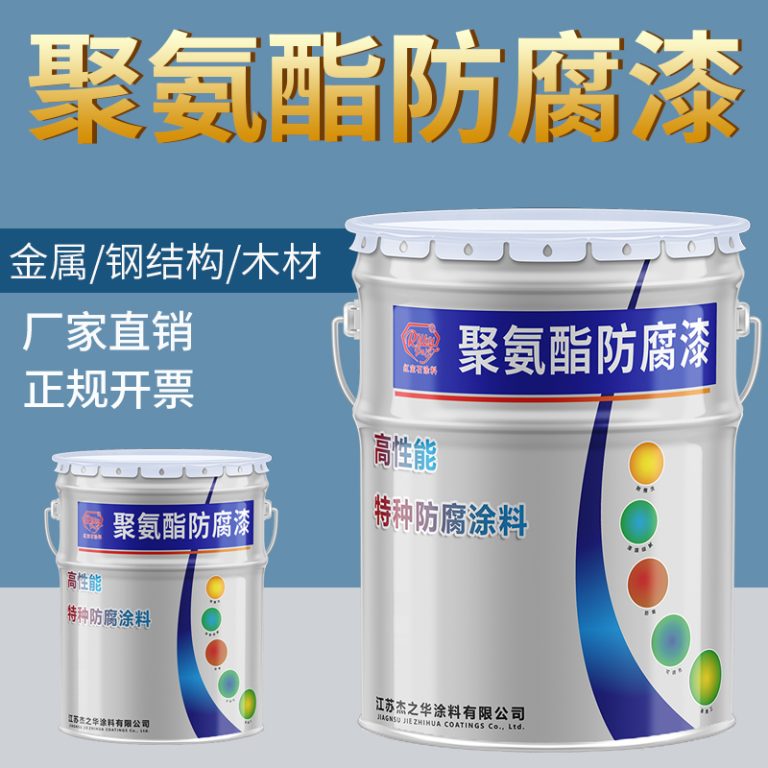The Health Impacts of Fluorocarbon Exposure
Title: Is Fluorocarbon Toxic?
The Health Impacts of Fluorocarbon Exposure
Fluorocarbons, a class of organic compounds composed of carbon and fluorine, have been widely used in various industries due to their unique chemical properties, including high thermal stability and resistance to solvents, acids, and bases. Common applications include refrigerants, propellants in medicinal aerosols, and the manufacturing of non-stick cookware. However, the potential health impacts of fluorocarbon exposure have raised concerns among scientists, environmentalists, and the general public.
The toxicity of fluorocarbons is a complex issue, as it largely depends on their specific chemical structure and the route of exposure. For instance, chlorofluorocarbons (CFCs), once prevalent in air conditioning and refrigeration, have been phased out under the Montreal Protocol due to their role in ozone depletion. While the environmental impact of CFCs is well-documented, their direct toxicity to humans is relatively low in typical environmental exposures. However, in cases of acute, high-level exposure, such as inhalant abuse, CFCs can cause respiratory distress, central nervous system depression, and even cardiac arrhythmias.

In contrast, perfluorooctanoic acid (PFOA) and perfluorooctanesulfonic acid (PFOS), both belonging to the broader group of per- and polyfluoroalkyl substances (PFAS), have been linked to more serious health concerns. These substances are persistent in the environment and can accumulate in the human body over time. Studies have suggested that exposure to PFAS can lead to a variety of health issues, including developmental problems in infants, compromised immune function, and increased cholesterol levels. Furthermore, there is evidence to suggest a potential association between PFAS exposure and certain cancers, thyroid disease, and other endocrine disruptions.
| No. | Product Name |
| 1 | Fluoracarbon middle paint |
The route of exposure to fluorocarbons is a critical factor in assessing their toxicity. Occupational exposure, for example, can occur through inhalation during manufacturing processes, posing a risk to workers without adequate protective measures. The general population, on the other hand, might be exposed through contaminated drinking water or food packaging materials. The widespread use of PFAS in consumer products means that virtually everyone is exposed to some level of these chemicals, albeit typically at low concentrations.
The body’s response to fluorocarbon exposure is another aspect of the toxicity puzzle. Some fluorocarbons are metabolized and excreted relatively quickly, while others, like PFAS, have long half-lives in the human body, leading to bioaccumulation. This persistence raises concerns about the long-term health effects of chronic exposure, even at low levels.
Regulatory agencies have taken steps to limit exposure to harmful fluorocarbons. In the United States, the Environmental Protection Agency (EPA) has issued health advisories for PFOA and PFOS, and there is ongoing research to better understand the health implications of other PFAS compounds. Manufacturers are also seeking alternatives to PFAS in products, and there is a growing demand for PFAS-free goods.
In conclusion, while not all fluorocarbons are highly toxic, certain compounds within this class, particularly PFAS, have been shown to pose significant health risks. The extent of these risks is influenced by factors such as the type of fluorocarbon, the level and route of exposure, and the individual’s health status. As research continues to shed light on the health impacts of fluorocarbon exposure, it is imperative for regulatory bodies to update safety guidelines and for industries to develop safer alternatives to protect public health and the environment.
| Serial Serial Number | Commodity Name |
| 1 | Epoxy Zinc rich paint |



